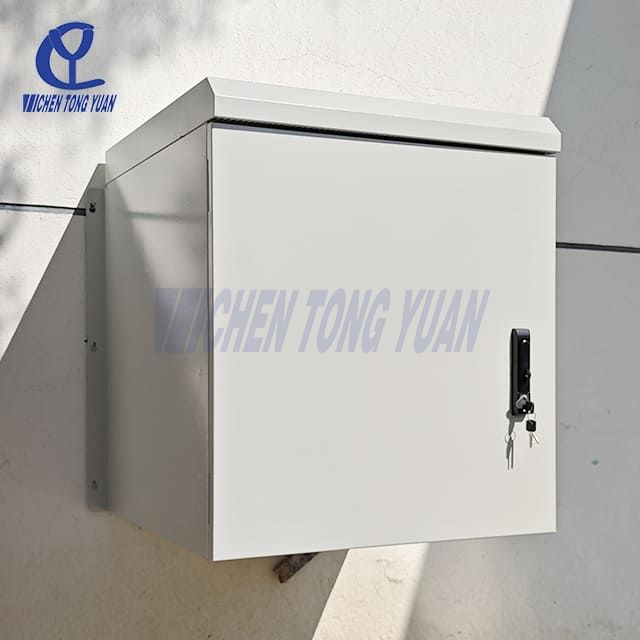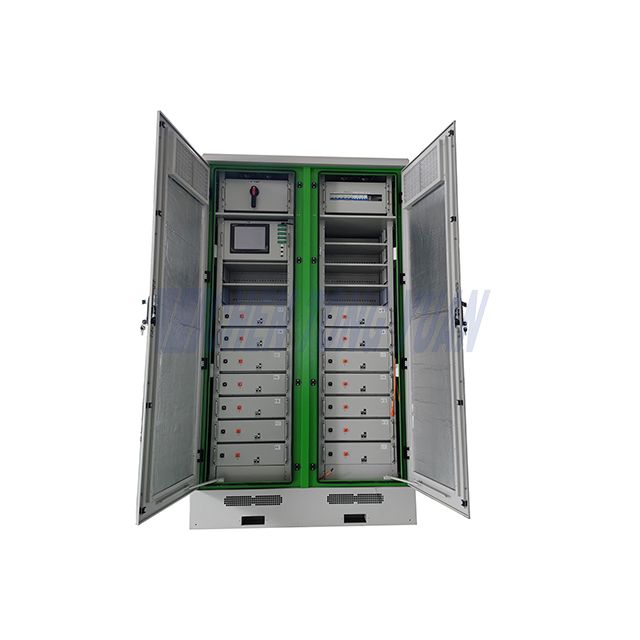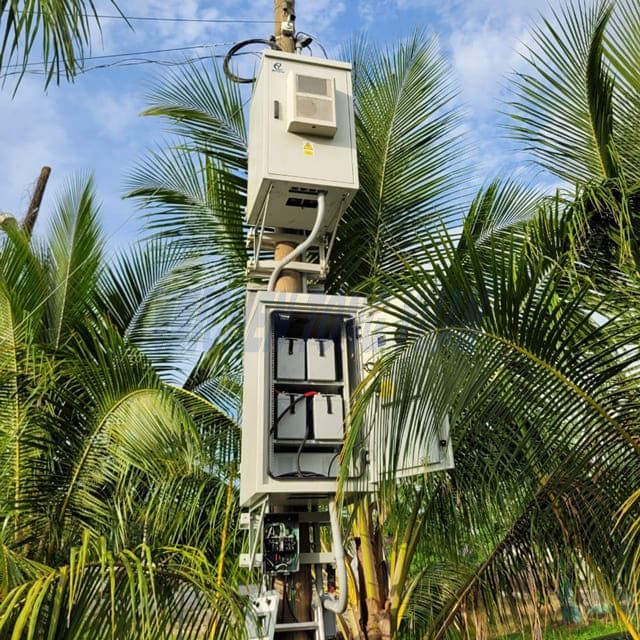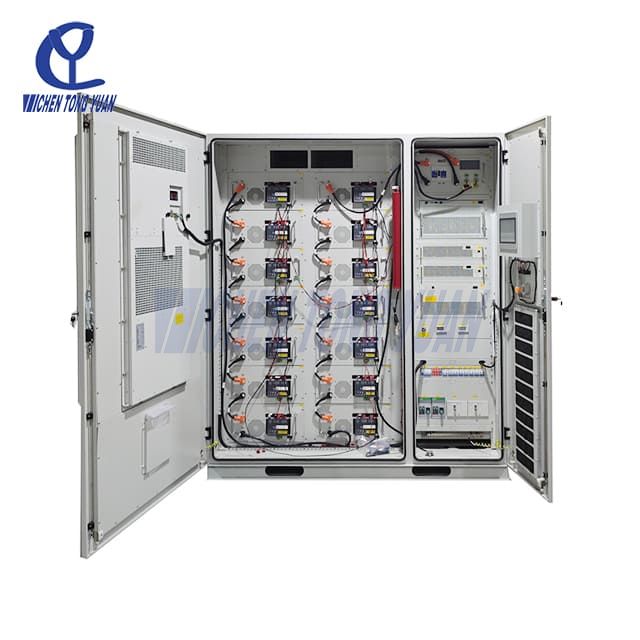Introduction: Why Energy Storage Cabinet Design is a Strategic Priority
In an era marked by renewable integration, electrification of transport, and grid decentralization, the energy storage cabinet has emerged as a critical interface between high-performance battery systems and their operating environment. Beyond mechanical protection, these enclosures serve as the nerve center of stationary energy storage solutions—housing sensitive components, regulating thermal and electrical dynamics, and enabling intelligent control.
A properly engineered energy storage cabinet optimizes:
Operational safety and compliance
Thermal and electrical efficiency
Modular scalability and lifecycle longevity
Remote monitoring and predictive diagnostics
This guide outlines the core design principles and best-in-class features that distinguish high-quality, utility-ready cabinet systems from generic enclosures.
1. Structural Engineering and Enclosure Design
Industrial-Grade Construction
Energy storage cabinets must withstand diverse climatic and operational stressors. Key materials include:
Galvanized or electro-galvanized steel (1.5–2.5 mm) for high-load, rust-resistant frameworks
Marine-grade aluminum alloy (5052/6061) for lightweight corrosion resistance in coastal zones
Thermoset powder coatings meeting ASTM D3359 and ISO 9227 for UV and chemical protection
Cabinet integrity is reinforced with:
Double-skin walls with thermal air gaps or mineral wool insulation
IP55 to IP65 ingress protection ratings against water and particulate ingress
IK10-rated door and panel assemblies for vandal resistance and public deployment
Mounting Versatility
Installation options include:
Wall-mounted units for residential use.
Floor-standing cabinets for commercial or industrial deployment.
Pole or trailer-mounted solutions for mobile or off-grid needs.
Cabinets should accommodate anti-vibration pads, seismic braces, and platform levellers to meet code and safety standards.

Wall-mounted units

Floor-standing cabinets

Pole or trailer-mounted
2. Thermal Regulation Architecture
Passive Thermal Control
Well-designed cabinets utilize:
Chimney-effect airflow geometry
Phase change materials (PCMs) to stabilize internal temperatures
High-density polyurethane insulation panels (λ ≤ 0.021 W/mK)
Active Cooling Technologies
For high-density or mission-critical systems, active systems include:
Redundant DC fans with thermostatic control
Closed-loop liquid cooling (glycol-based or refrigerant circuits)
Air-to-air heat exchangers with electrostatic filtration
Maintaining battery pack temperatures between 20–30°C is essential to preserve electrochemical stability, minimize impedance, and mitigate thermal runaway risk.
3. Electrical Architecture and System Protection
Internal Power Distribution
Copper busbars (tinned or silver-plated) with 600 VDC to 1500 VDC tolerance
Load-rated terminal blocks and DC contactors
Hot-swappable fuse holders rated to IEC 60269 standards
Protective Systems
Short-circuit and overcurrent protection via MCCBs and current-limiting fuses
Ground Fault Interrupters (GFIs)
Surge Protection Devices (SPD Type II/III) conforming to IEC 61643
Isolation barriers and arc flash containment features are mandatory in cabinets designed for high-voltage systems (>600VDC), particularly in grid-tied and C&I applications.
4. Battery Integration and Chemistry Compatibility
Mechanical Accommodation
Cabinet design must support:
19-inch or ETSI-compliant rack-mount modules
Drawer-style tray systems for LFP/NMC cell packs
Top-mount or side-access form factors for field installation versatility
Chemistry Support
LFP (LiFePO₄) – Thermal stability and cycle longevity; ideal for ESS
NMC – Higher energy density; prevalent in C&I and EV charging systems
Lead-acid (VRLA/AGM) – Cost-effective for backup and telecom
Modular architecture allows flexibility in cell stack size, interconnection routing, and airflow zoning.
5. Intelligent Monitoring and Control Systems
Embedded Diagnostics
Digital signal processors (DSPs) integrated with BMS
Analog and digital I/O for real-time telemetry
Wireless mesh or cellular (4G/5G) uplinks with fallback redundancy
Remote Management Capabilities
API access via Modbus TCP/IP, MQTT, or OPC-UA
Encrypted cloud platforms for condition-based monitoring
SCADA-ready dashboards for utility-scale deployments
Cabinets with predictive diagnostics via AI/ML reduce O&M costs by identifying early degradation patterns or thermal anomalies, improving uptime and system ROI.
6. Ventilation, Airflow Optimization and Environmental Conditioning
Cabinets are optimized for thermal zoning and airflow via:
Zoned vent patterns separating battery and inverter compartments
Electrostatic or HEPA filtration for dust-heavy environments
Desiccant integration to mitigate humidity and prevent corrosion
Noise reduction systems—such as sound-attenuated ducting and vibration-dampened fans—are essential in residential or noise-sensitive zones.
7. Physical and Cybersecurity Systems
Physical Security
Multi-layer steel construction with tamper-proof hinges
Smart access control (RFID, biometric scanners)
Intrusion detection sensors triggering local or remote alerts
Cybersecurity Architecture
Role-based user access control (RBAC)
Transport Layer Security (TLS 1.3) and AES-256 encryption
Secure OTA firmware upgrades with rollback failsafes
For critical infrastructure deployments, compliance with IEC 62443 and NIST SP 800-82 is mandatory.
8. Regulatory Compliance and Certifications
A professionally engineered cabinet complies with:
| Standard | Relevance |
| UL 9540 / 1973 | U.S. fire and system safety |
| IEC 62933 | International ESS safety and performance |
| NFPA 855 | Fire code integration for storage |
| EMC / CE / RoHS | European market entry compliance |
| NEC 706 / IEEE 1547 | Grid-tied system codes |
Project planners must verify local jurisdictional adaptations, especially in high-density urban or fire zone installations.
9. Maintenance Strategy and Lifecycle Considerations
Serviceability
Rear and side service access
Hot-swappable modules and pre-wired harnesses
QR-coded maintenance logs with NFC tag integration
Sustainability
Recycled and recyclable components (aluminum ≥ 80% recyclable)
Environmental Product Declarations (EPDs) upon request
End-of-life disassembly support and reverse logistics for battery recovery
Cabinets aligned with ESG frameworks improve overall project sustainability scores and investor ratings.
10. Industry Application Snapshot: Cytech Modular Storage Systems
Cytech, an established name in modular battery infrastructure, offers energy storage cabinets ranging from 30kWh to 215 kWh. Each unit is engineered for:
Their 61.44 kWh unit, deployed in a logistics facility in Southeast Asia, reduced peak demand by 20%, extended runtime during outages, and enabled real-time asset control via a secure cloud dashboard.
Cytech cabinets are UL/IEC certified and ideal for C&I, microgrid, and grid-interactive use cases where intelligence, resilience, and long-term value are critical.

Conclusion
Energy storage cabinets are not static enclosures—they are intelligent, high-value infrastructure systems that anchor safety, performance, and integration within every energy storage deployment. Whether deployed in residential solar-plus-storage systems or multi-megawatt microgrids, professionally engineered cabinets offer measurable improvements in thermal regulation, electrical protection, system uptime, and user experience.
Selecting a cabinet is not a procurement decision—it is an engineering decision that defines the technical resilience and commercial success of your energy storage project.
FAQs
1. What’s the typical service life of a high-quality cabinet?
20–25 years with proper maintenance and environmental protection.
2. How do I ensure my cabinet meets compliance standards?
Look for UL 9540/1973, IEC 62933, and localized codes like NFPA 855 or NEC Article 706.
3. Can one cabinet serve multiple battery types?
Yes, with flexible racking, voltage isolation, and chemistry-compatible cooling paths.
4. How important is cybersecurity in smart cabinets?
Essential. Unauthorized access could result in system downtime, data breaches, or unsafe behavior.
5. Is investing in AI monitoring justified for mid-scale deployments?
Yes. Predictive maintenance and real-time diagnostics reduce downtime and OPEX, especially in C&I applications.















